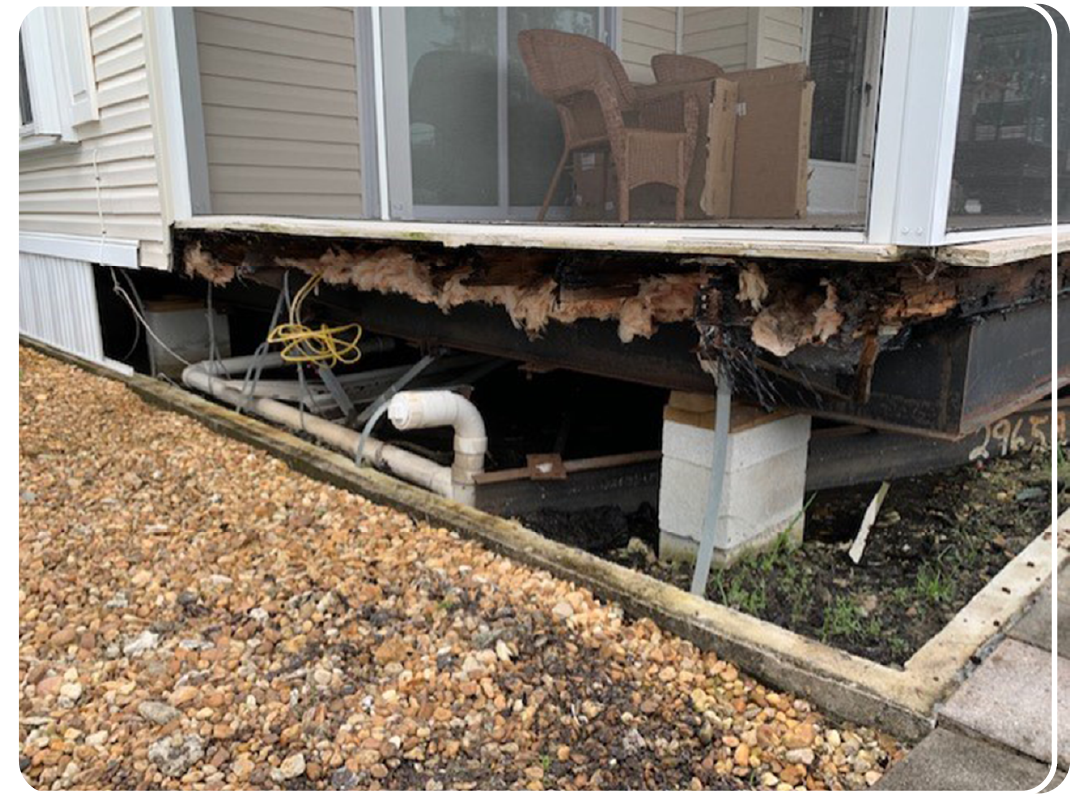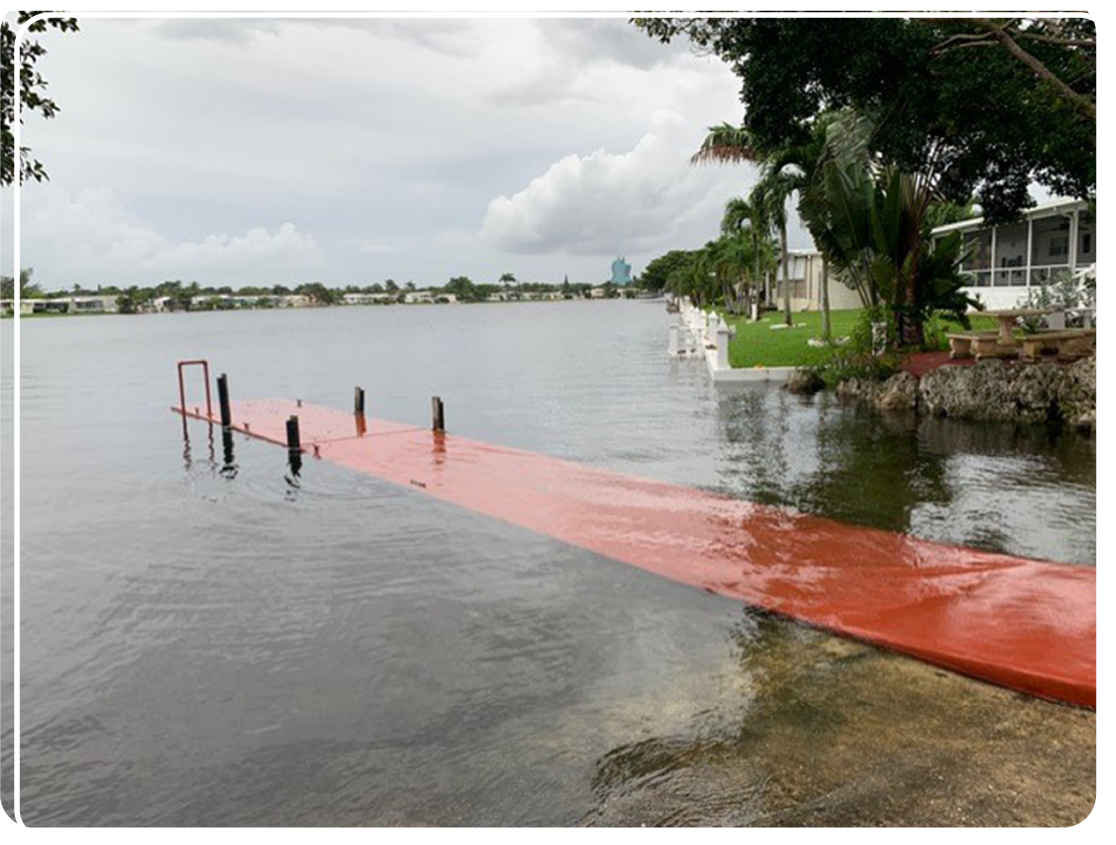A Georgia salt marsh. Researchers documented how communities value their salt marshes during the National Science Foundation (NSF) funded Coastal SEES projects. This project was featured in episode three of Home and High Water: “Why Do We Care About Our Salt Marshes?” Photography by FAU Center for Environmental Studies
By Bethany Augliere
From a flooded neighborhood street in urban South Florida to Georgia’s salt marshes, FAU’s Center for Environmental Studies (CES) new podcast dives into research that explores how people live, adapt and thrive in a changing climate.
From a flooded neighborhood street in urban South Florida to Georgia’s salt marshes, FAU’s Center for Environmental Studies (CES) new podcast dives into research that explores how people live, adapt and thrive in a changing climate.
CES, led by director Colin Polsky, Ph.D., is a state university research center with a mission to conduct research, education and community engagement activities related to coastal resilience, wetlands ecology and energy sustainability, including informing community-wide strategies for adapting to social and environmental changes.
It’s these stories about how people are coping with climate in their daily lives, the associated research and how that research is done that are highlighted in the new podcast. Titled Home and High Water, the podcast name is a nod to the increasing problem of sea-level rise and flooding in South Florida, said Polsky, a professor of geosciences in the Charles E. Schmidt College of Science.
“We have all this research underway and it struck me that it’s of some public interest, but it’s hard to find it, or engage with it, based on scientific publications or conference presentations,” Polsky said. “We’re trying to provide a place where we make bite-sized presentations of what we’re doing on the research side.”
In the first two episodes, for instance, listeners learn about a 2019 study involving the Estates of Fort Lauderdale community in Dania Beach by Polsky and a graduate student. The researchers wanted to gauge both the vulnerability and resilience of this community to events such as flooding, severe wind and extreme heat. They surveyed 100 households questions each, ranging from their knowledge of the community’s emergency preparedness to seawall installation projects.
Throughout the episodes, listeners can hear from the researchers themselves about how the work was done, to demystify that process, as well as from the people surveyed who share their personal experiences, and other experts involved in the study. Ultimately, the podcast addresses “what it means for one community, one neighborhood, facing a changing climate,” said Cameron Peters, producer of the new podcast.
“There are a lot of science podcasts out there, ranging in style and length. We wanted to create a podcast that would bridge CES’ coastal resilience research with the public, and so we chose to do that through a narrative style,” Peters said. “People connect with stories, so hopefully someone who listens to the podcast comes away curious and wanting to learn more.”
For anyone who does listen and wants to connect with the material further, each episode featured on the CES website has additional resources, including any associated scientific papers, as well as other multimedia endeavors, like videos and photo essays. “The ability for a listener to follow their curiosity and dive deeper into the material was important to us from the beginning,” Peters said.
For the team, this podcast is for people who are interested in science, but also the human side of science. “Communicating science and stories through diverse voices, disciplines and perspectives is critical,” Peters said. Ultimately, they hope it bridges the gap between researchers and the public and raises awareness about the issues communities face due to climate change. ⬥
Measuring Mangroves
Mangrove trees provide many ecosystem services, including preventing erosion. Now, FAU researchers from the College of Engineering and Computer Science have discovered that part of the reason lies with their roots.
Using simplified root-like models in a lab setting, the scientists tested the spacing of the roots, called porosity. They compared the area of sediment deposition behind these different configurations and found the least erosion in the patch of 47% porosity, which matches that of wild mangroves.
“It seems that mangrove roots’ spacing is optimal to prevent erosion,” said Oscar Curet, Ph.D., an associate professor in the department of Ocean and Mechanical Engineering. “We can use that knowledge to and learn from the design of nature and apply it to make more resilient coastal structures.”


